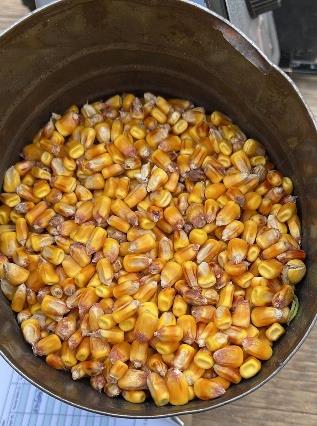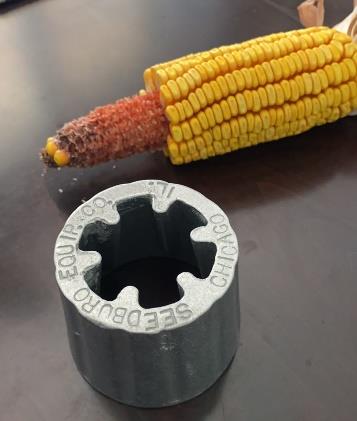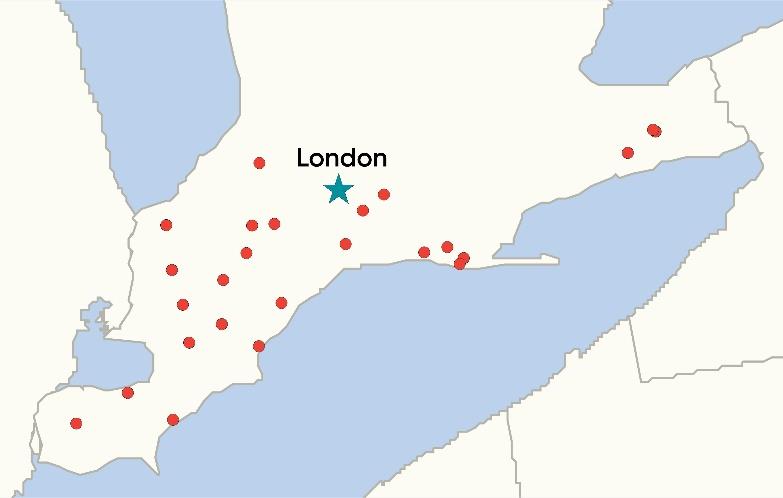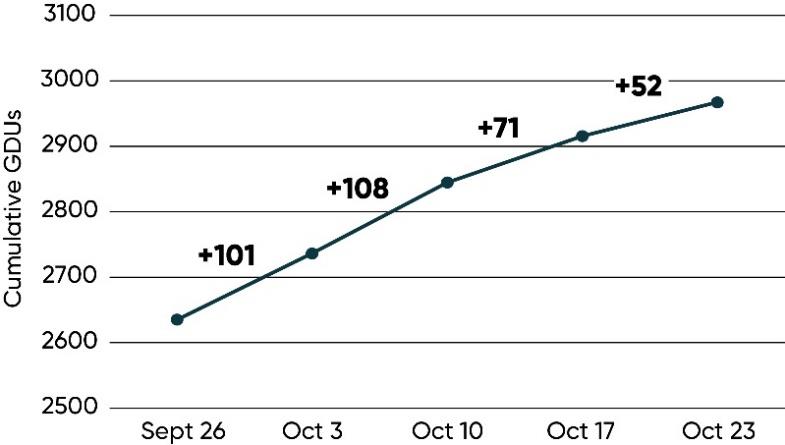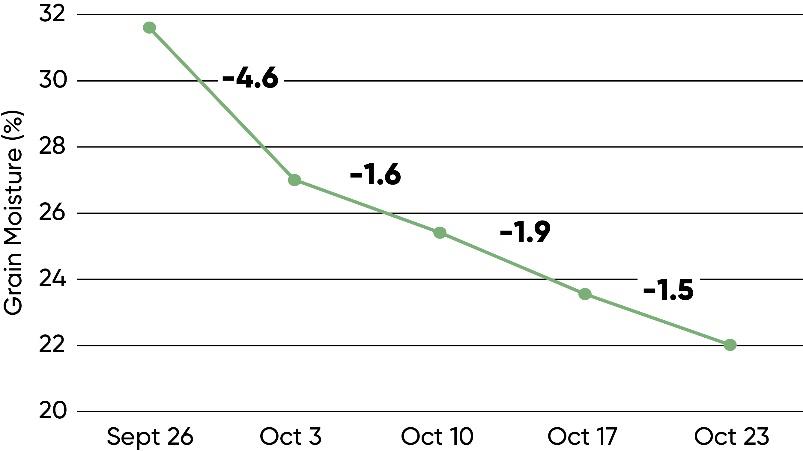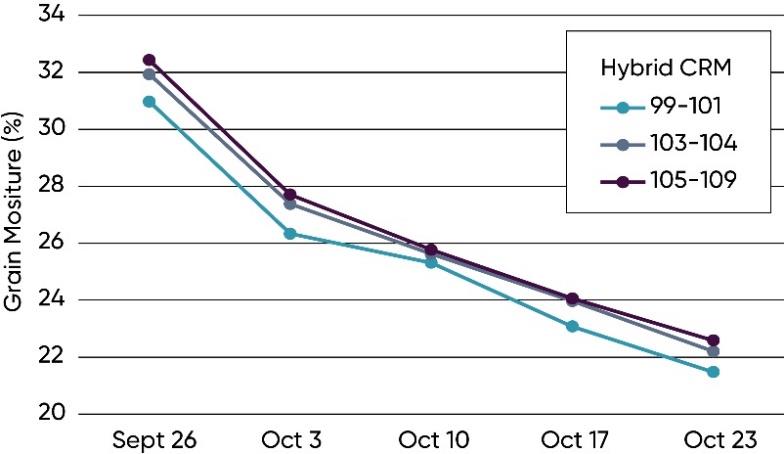Hermans, P., and C. Olbach. 2021. Corn maturity and dry down in Ontario. Pioneer Agronomy Research Update. Vol. 11 No. 1.
Thank you to the following Pioneer Sales Agents for their participation in this study: A.G.Pasztor & Sons Farm Supply Ltd, Anderson Family Seeds Inc, Better Field Solutions Inc, Blonde Seed, Bo Seeds, Brady Acres (Merlin) Inc, Chris Renwick, Crooked Creek Acres Inc., Elliott Shetland Farms Ltd, Gralex Agronomy, Greg & Jocelyn Underhill, Keilcroft Farm Inc, Leigh Irwin, Leo Guilbeault Farms Ltd., McAlpine Seeds Ltd, Merrick Seeds Ltd, Neil Rose, North Middlesex Seed Solutions Inc, Petker Farms, Glan Valley Farms Ltd, Roodzant Seed Services Inc, Santo Farms Seed Company Inc, Stuart MacMillan, Tillvalley Farms Inc, Twenty View Farms Inc, and Weslane Farms Inc.
Authors: Chris Olbach, John Seliga, Tuesday Kristiansen, and Mark Jeschke
December 2021
The foregoing is provided for informational use only. Please contact your Pioneer sales professional for information and suggestions specific to your operation. 2021 data are based on average of all comparisons made in 25 locations through October 23, 2021. Multi-year and multi-location is a better predictor of future performance. Do not use these or any other data from a limited number of trials as a significant factor in product selection. Product responses are variable and subject to a variety of environmental, disease, and pest pressures. Individual results may vary. RU211220








